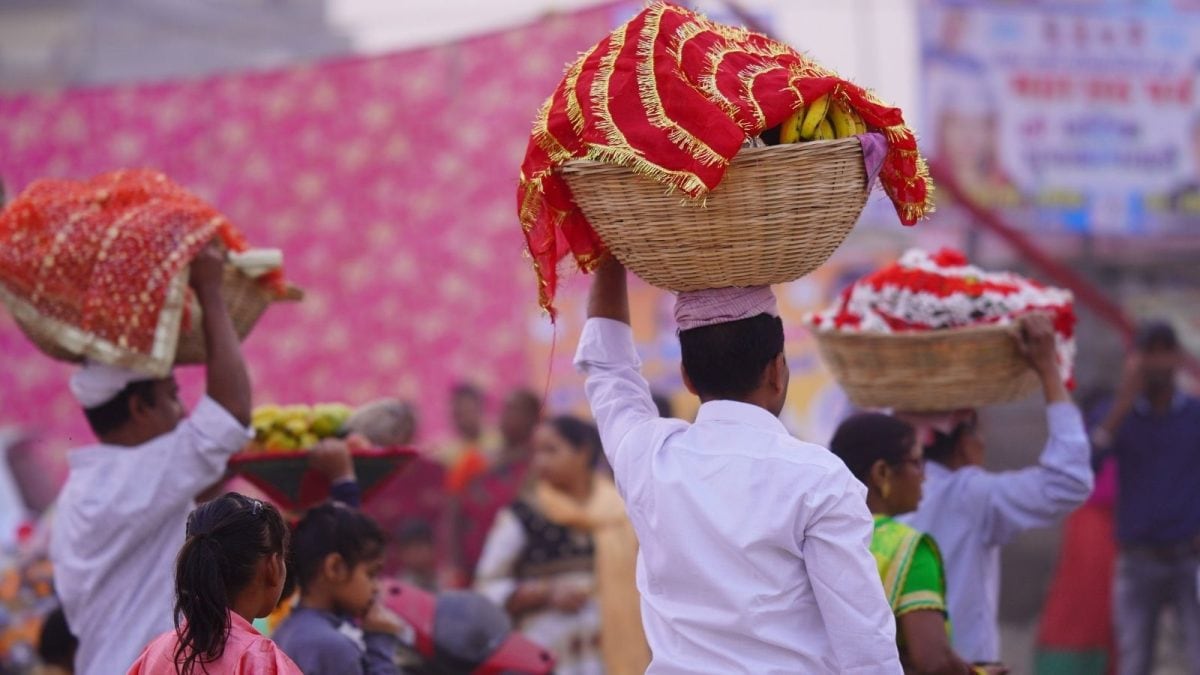Chhath Puja, one of the most revered festivals in India, especially in Bihar, Jharkhand, eastern Uttar Pradesh, and parts of Nepal, is a four-day celebration dedicated to Surya Dev (Sun God) and Chhathi Maiya, the goddess believed to be the consort of the Sun. The festival is a tribute to the life-sustaining energy of the sun and a prayer for health, prosperity, and family well-being. (Image: Canva)
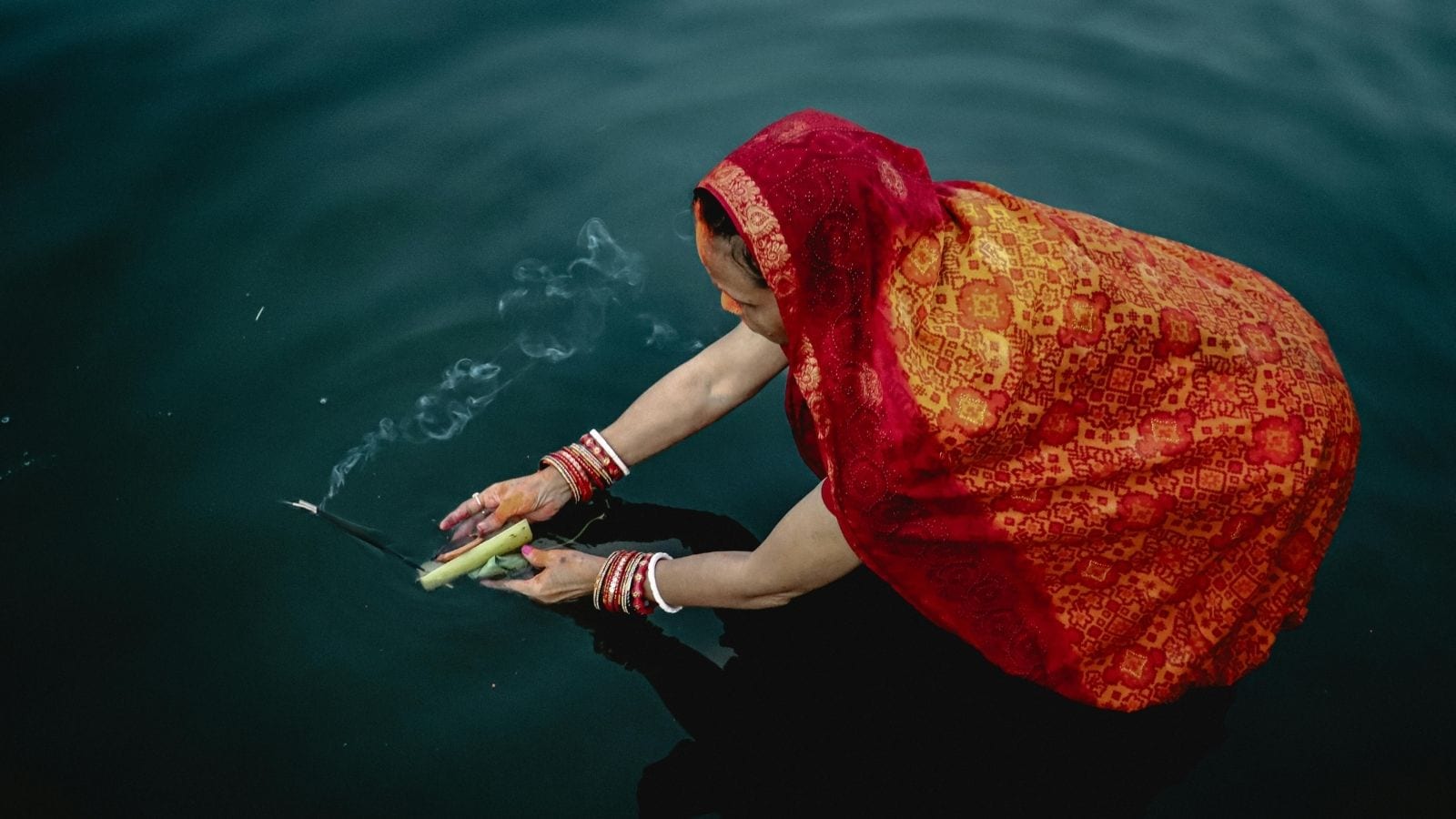
In 2025, Nahay Khay falls on Saturday, October 25, corresponding to the Shukla Chaturthi of the Kartika month in the Hindu lunar calendar. (Image: Canva)
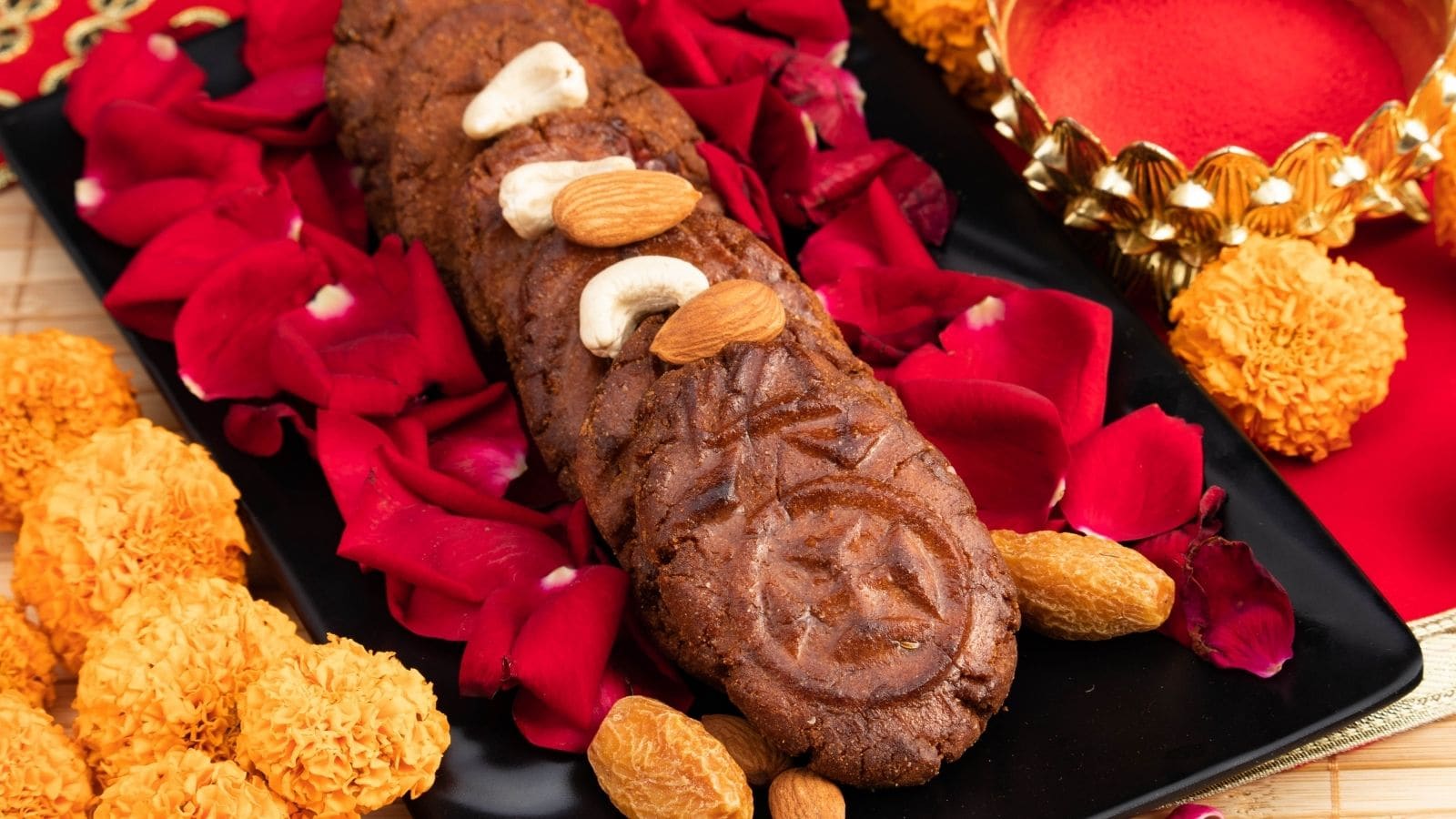
The term Nahay Khay literally translates to “bathe and eat.” It is the first day of Chhath Puja and is centered around purification – of the body, the home, and the soul. It is believed that by cleansing oneself and consuming only sanctified food, devotees prepare themselves for the rigorous fasting and spiritual discipline of the days to follow. (Image: Canva)
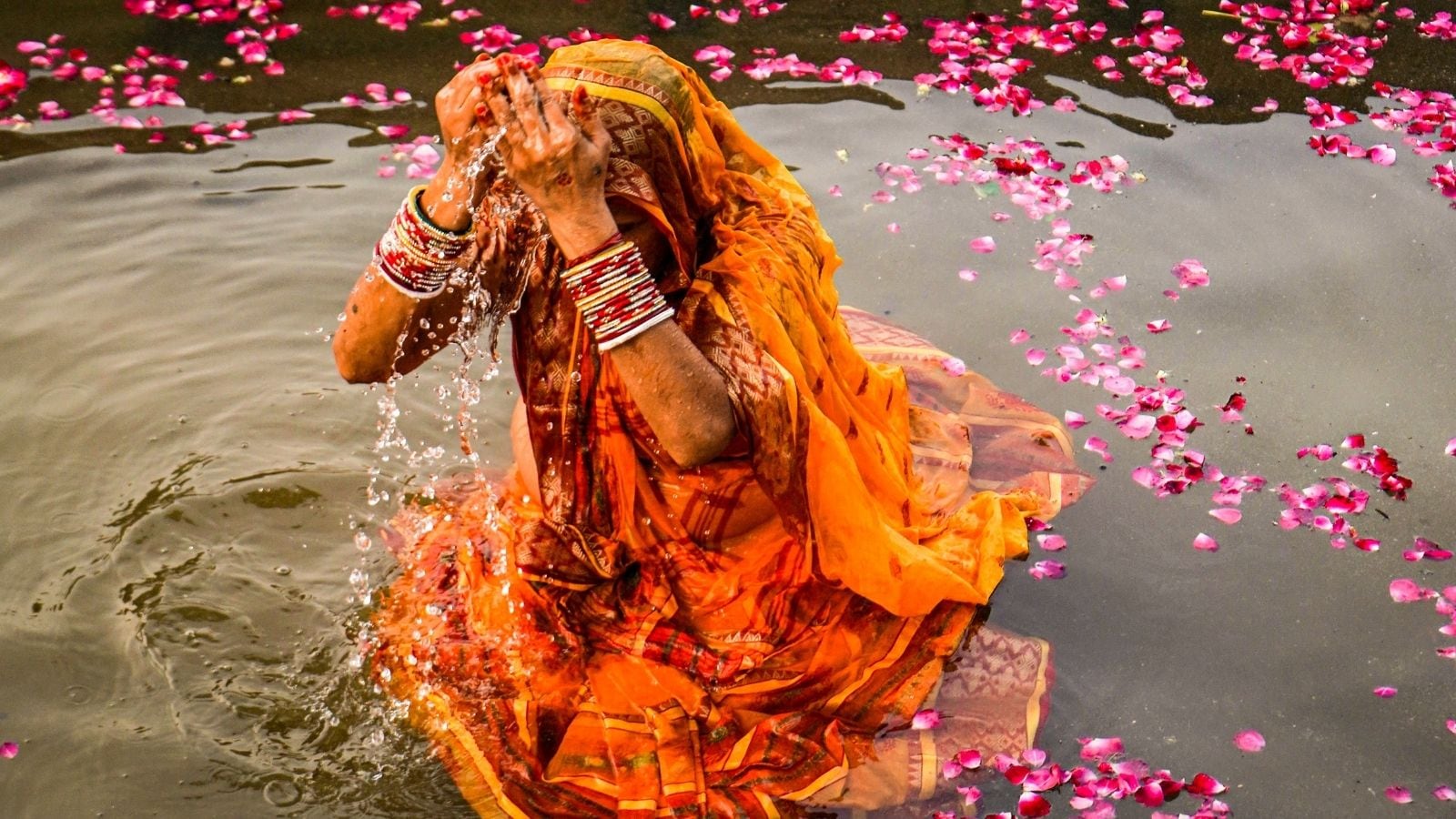
Devotees begin the day with a holy dip in a river, pond, or other clean water body. This act symbolizes the washing away of physical and spiritual impurities. (Image: Canva)
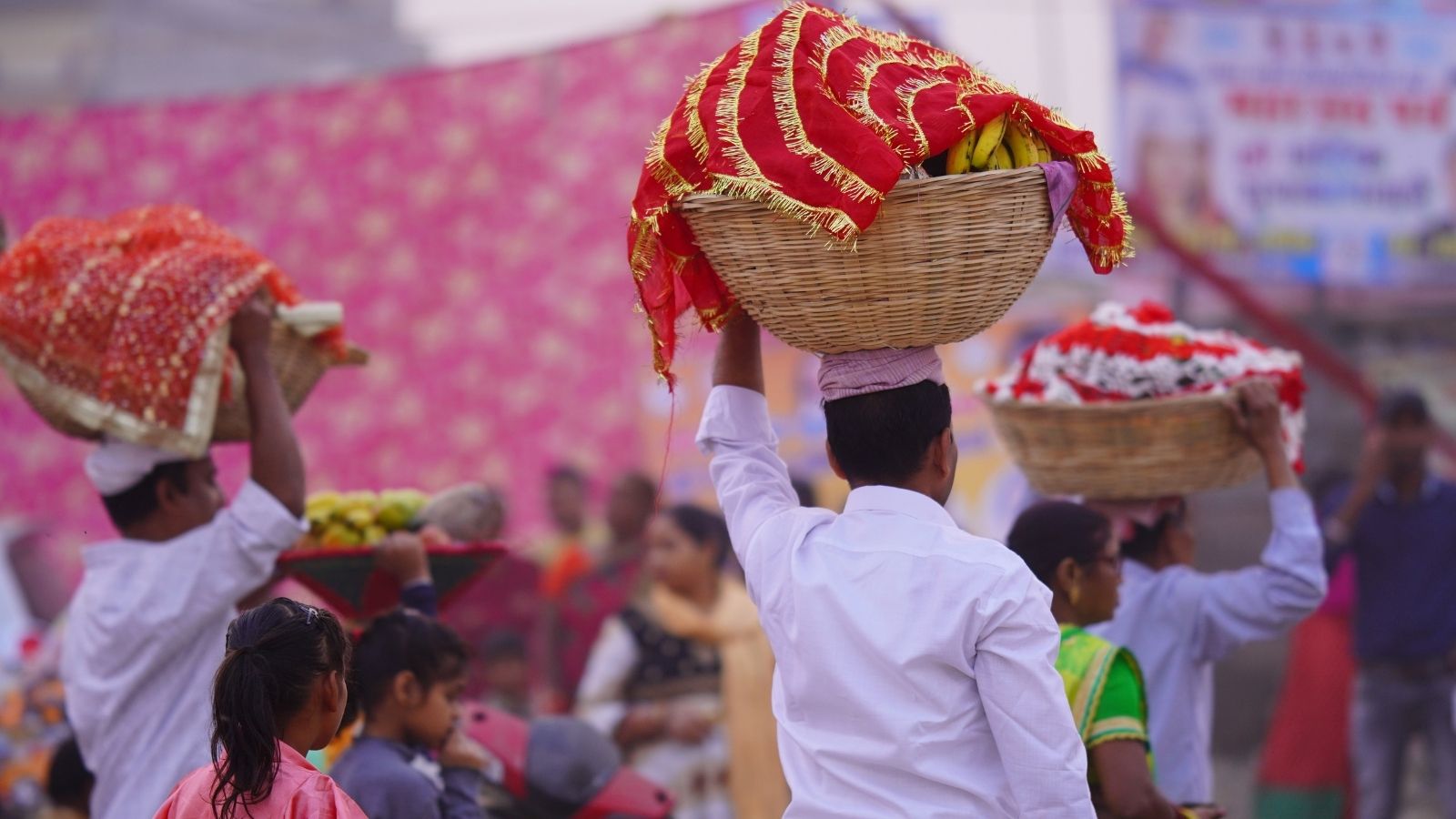
After the bath, homes are thoroughly cleaned to create a pure and sacred environment. The kitchen, in particular, is sanitized, as it becomes the center of ritual food preparation. (Image: Canva)
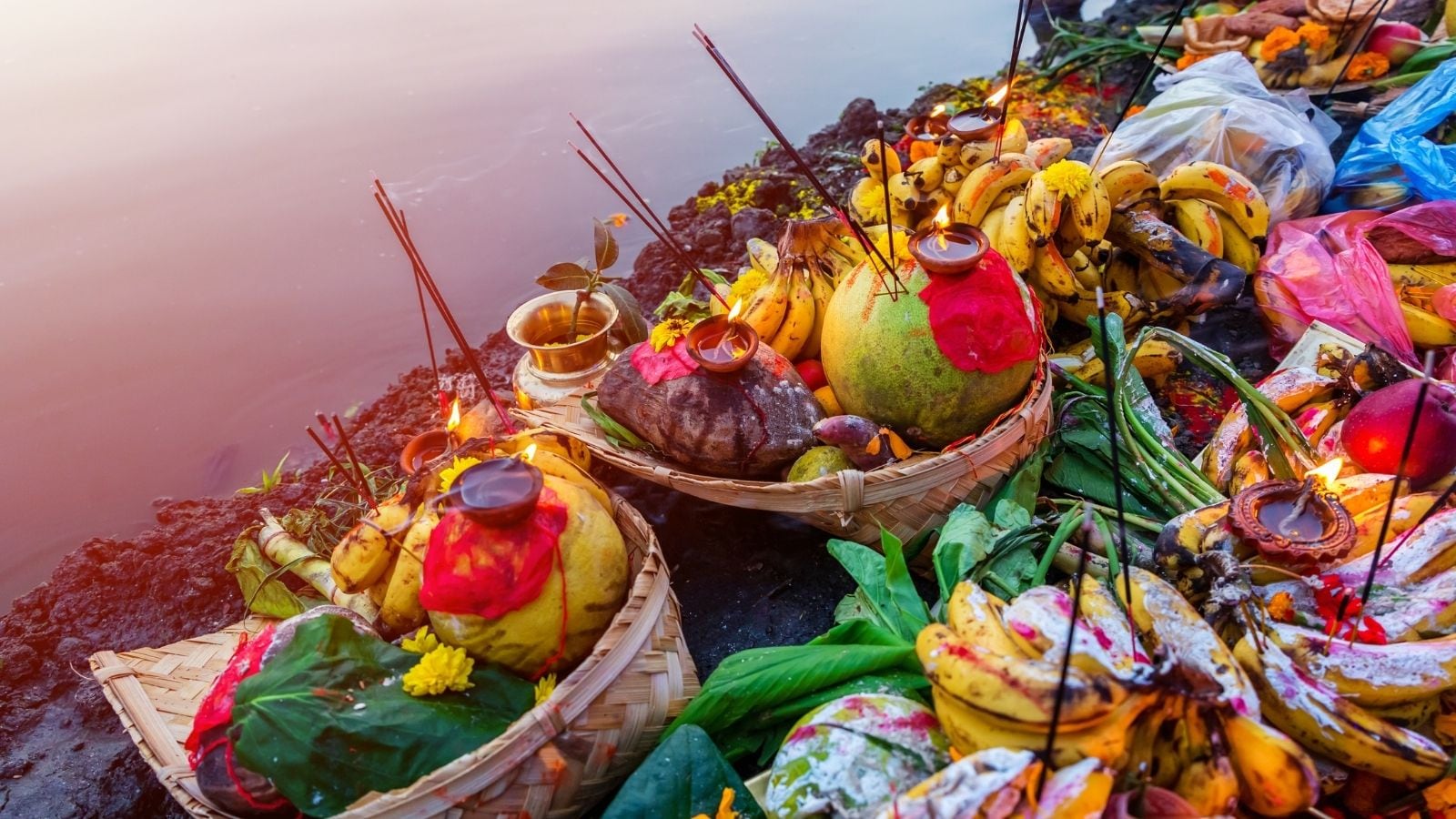
Only one meal is consumed on this day, and it is strictly satvik – free from onion, garlic, and any form of tamasik (impure) ingredients. The meal typically includes lauki (bottle gourd) sabzi, chana dal, and rice cooked in bronze or earthen pots. The food is traditionally cooked using mud stoves or wood fire, and only the devotee observing the fast consumes it. (Image: Canva)
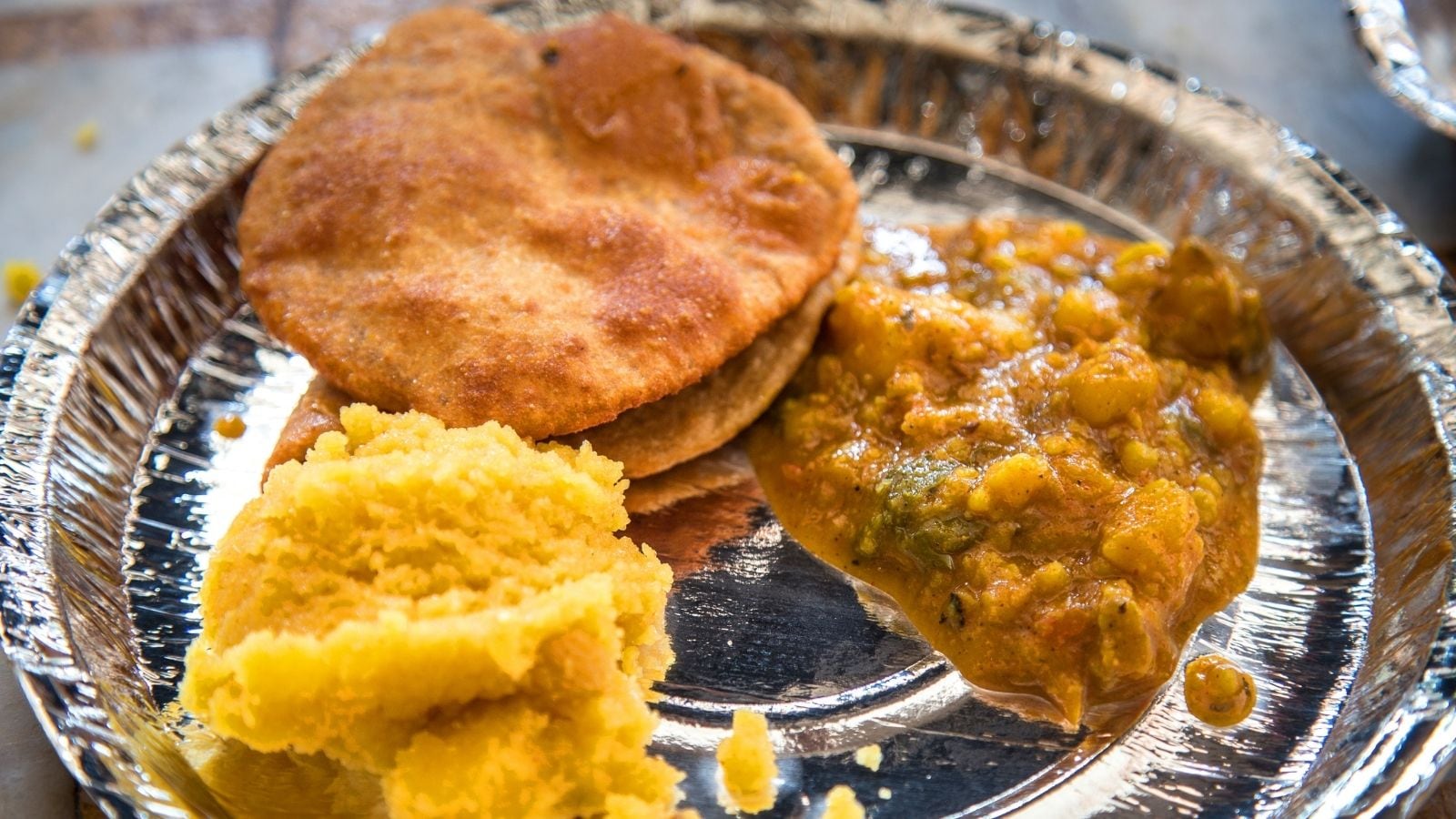
The act of eating this single, pure meal is not just dietary; it is a spiritual commitment to the days of fasting and prayer that follow. It marks the beginning of a journey toward self-discipline, gratitude, and devotion. (Image: Canva)


